
Introduction to Continuous Glucose Monitoring Systems. Continuous Glucose Monitoring (CGM) is described in educational sources as a tool that tracks interstitial glucose at regular intervals throughout the day and night. By recording values and trends, CGM systems generate datasets that can be reviewed to understand glucose patterns over time. These records provide a longitudinal view of variability and direction of change that is frequently discussed in the context of conditions such as Type 2 Diabetes.
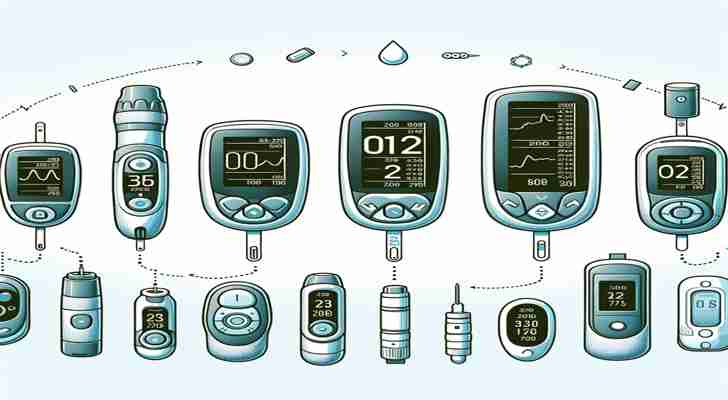
The Evolution of Blood Sugar Monitors. Historical descriptions trace a progression from meter-and-strip capillary tests to wearable sensors that sample interstitial fluid through a small filament. Wearable continuous glucose monitors reduce reliance on repeated fingerstick checks in many situations, though the need for confirmatory fingerstick measurements varies by device generation and labeling.

Real Time Glucose Monitor: A Game Changer. Real-time CGM provides frequently updated readings and direction-of-change indicators. These displays offer immediate context about current glucose status and short-term trends. Descriptions in technical materials focus on how real-time data can inform recognition of rising or falling trajectories without prescribing specific changes in diet, activity, or medication.
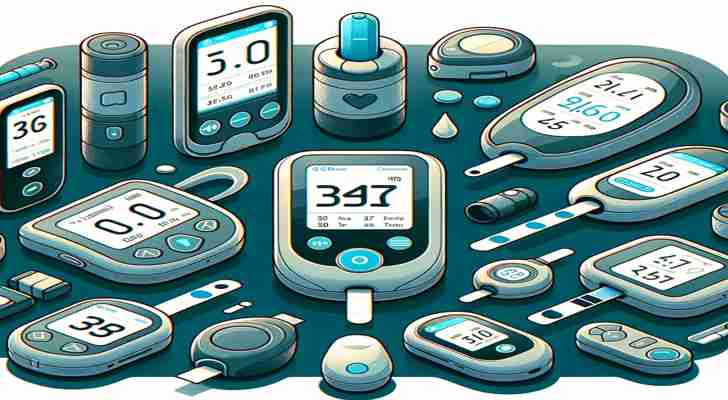
Blood Glucose Monitors: A Comprehensive Overview. When discussing blood glucose monitoring technologies, commonly cited attributes include analytic accuracy, data display clarity, calibration requirements, connectivity, and alert features. References emphasize that device characteristics and user preferences both influence how people interact with monitoring systems, apart from any specific brand claims.
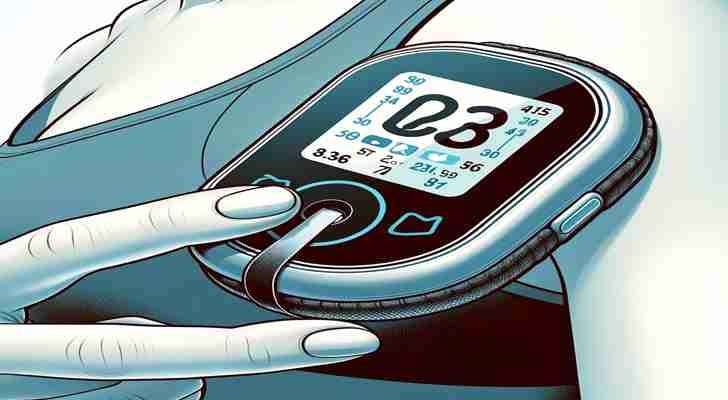
Wearable Glucometer: Convenience Meets Technology. Wearable systems continuously sample interstitial glucose via a minimally invasive sensor. This approach provides ongoing streams of data without performing a fingerstick each time a reading is viewed. Some products still incorporate calibration or confirmation steps, depending on model and instructions for use.

Blood Glucose Monitor Sensor: Precision and Reliability. The sensor is the component that contacts the interstitial space through a fine filament placed just under the skin. Performance discussions in the literature address measurement precision, lag time relative to capillary blood glucose, wear duration, and environmental or physiologic factors that may influence readings.
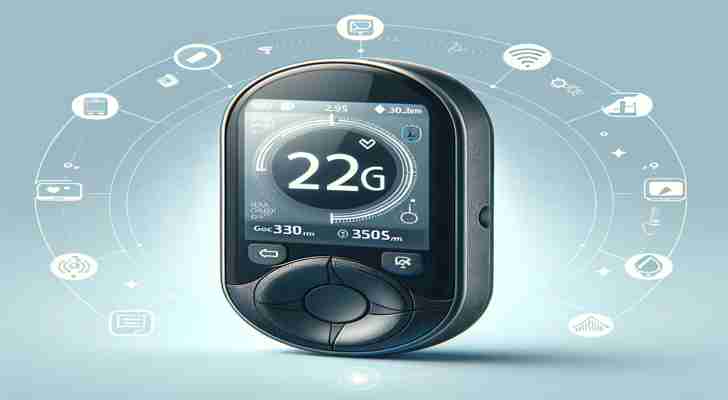
Smart Glucose Monitor: Integrating with Modern Life. Many monitoring systems interface with phones or receivers to display real-time values, trend arrows, and historical graphs. Data integration allows users to review patterns and share summaries, particularly in situations where glucose levels vary over the course of the day.

The Rise of the Wearable Continuous Glucose Monitor. Adoption has increased with minimally invasive designs, extended wear intervals, and alarm features that indicate upward or downward trends. These systems appeal to individuals who prefer viewing frequent readings with fewer routine fingersticks, acknowledging that device-specific instructions determine when confirmatory tests are needed.

Diabetes Monitoring with Minimal Needles: A New Era in Diabetes Care. CGM sensors are typically placed using an introducer needle to position a thin filament just under the skin; after insertion, the needle is withdrawn and the filament remains in place for the wear period. This minimally invasive approach is presented as an alternative to frequent fingerstick sampling for many readings, while not eliminating all needle use in all scenarios.
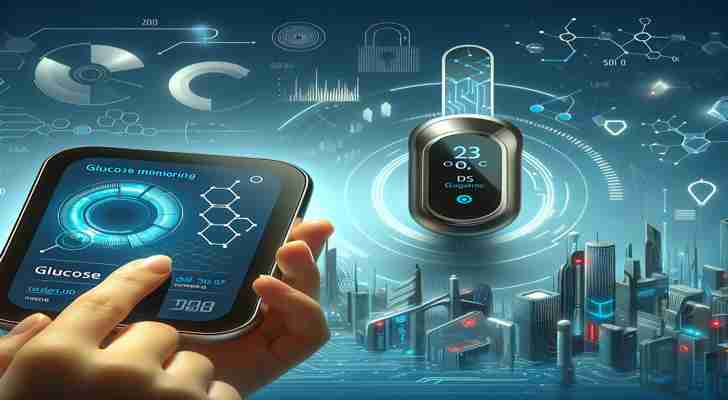
Conclusion: The Future of Glucose Monitoring. Continuous glucose monitoring systems illustrate an ongoing shift toward data-rich, longitudinal observation of glucose patterns. As features such as connectivity and analytics continue to develop, monitoring can be integrated into everyday routines in ways that emphasize trend awareness and contextual understanding, without serving as directive medical advice.
Learn more about continuous glucose monitoring at NIDDK.

